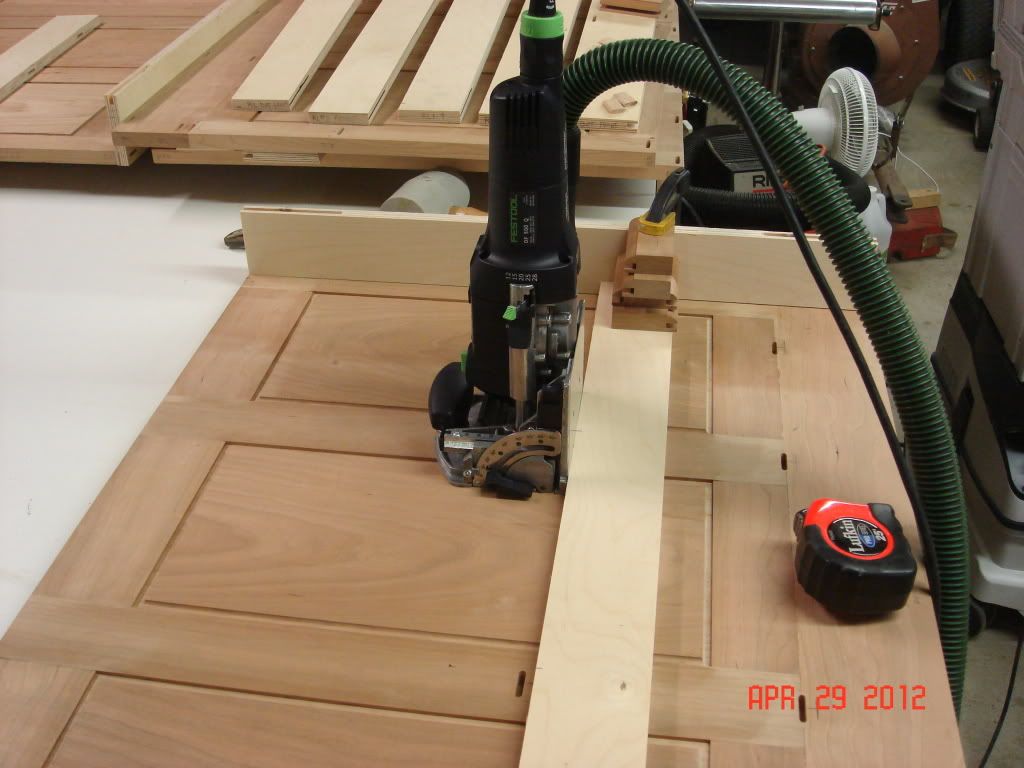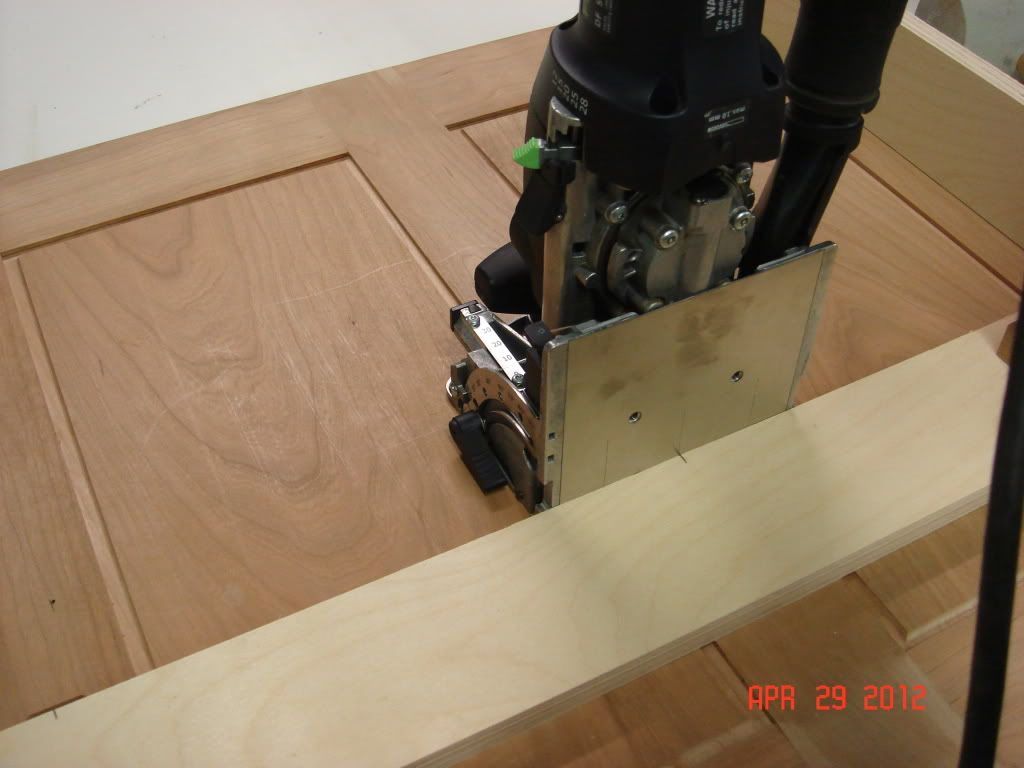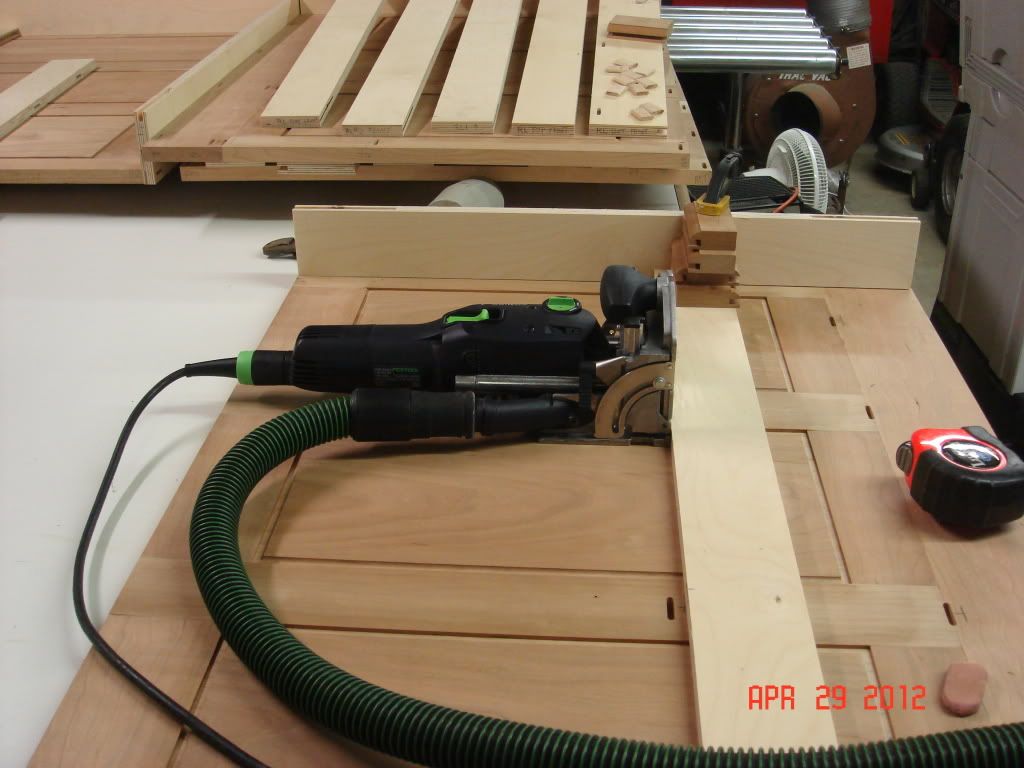.....you are really missing the boat.

Every time I use mine, (one of the original pin models) I cannot believe how much engineering went into it, an how much it truly revolutionized woodworking.
Having always gone the old route of mortises and tenon, and dadoing for shelves, it was always labor intensive,
and required allot of calculations for required additional length of stock for tenons, etc, and precise configuration of machining all.
Now, cut the stock to the exact finished length, draw a few pencil reference lines, and voila!!!
Anytime, anyplace. No matter how long the stock, or how small.
And while I've never studied it, I'd bet money that the properly glued Domino joint is actually stronger than a dado joint,
considering that one of the mating pieces for solid stock is end grain.
I can't see purchasing the new larger version myself, as I have no need, I can see it revolutionizing the 6 panel door industry.



